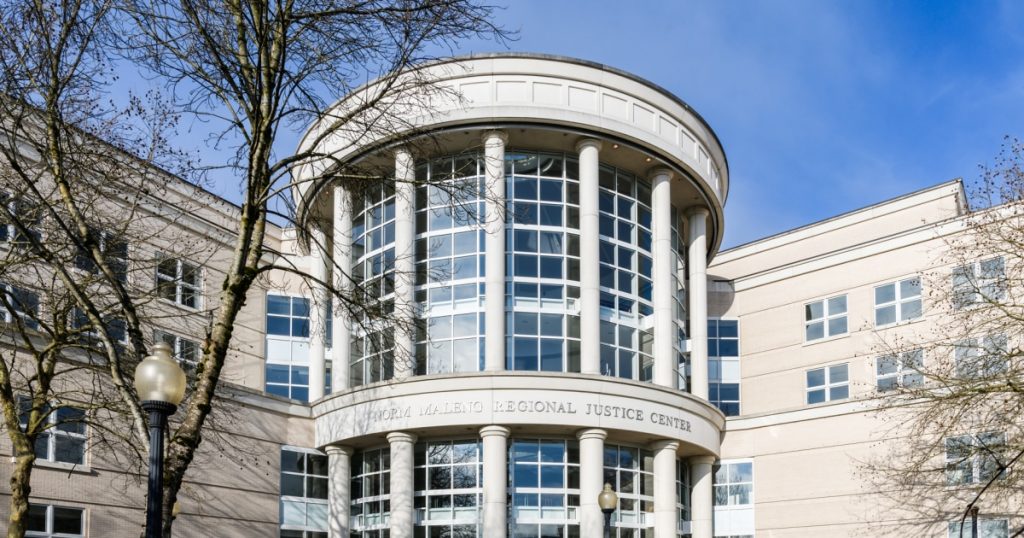A Washington state judge overseeing a triple murder case has ruled to bar the use of video enhanced by artificial intelligence as evidence, highlighting the potential dangers posed by this evolving technology. The ruling by King County Superior Court Judge Leroy McCullogh described the AI-enhanced evidence as relying on opaque methods and likely to cause confusion and muddying of eyewitness testimony in court. This decision may be the first of its kind in a criminal court in the United States, setting a precedent in the legal realm.
The case in question involves a man accused of opening fire outside a Seattle-area bar in 2021, resulting in three deaths and two injuries. The defense sought to introduce cellphone video enhanced by machine learning software to support a claim of self-defense. Prosecutors pushed back, arguing that there was no legal precedent for the use of such technology in a U.S. criminal court. The decision reflects the complexities surrounding the use of artificial intelligence, particularly in legal settings where the accuracy and reliability of evidence are paramount. Experts say this case represents a new frontier in the intersection of AI and the justice system.
The defendant, Joshua Puloka, has maintained that he acted in self-defense during the incident, claiming he was trying to de-escalate a violent situation. The deadly confrontation, captured in cellphone video, was enhanced using software from Topaz Labs, typically used in film production. However, the prosecution argued that the enhanced footage presented inaccurate and misleading images that deviated from the original recording, making them unreliable for legal purposes. Forensic video analysts raised concerns about the AI-generated video containing visual data that was not present in the original, leading to questions about the fidelity of the enhanced version.
Legal experts express differing views on the use of artificial intelligence in video enhancement for forensic or investigative purposes. While some see AI as a potentially valuable tool for clarifying images, others caution against its use due to unreliable outcomes and lack of established methodologies. The debate around the admissibility of AI-enhanced evidence in court reflects broader concerns about the ethical and practical implications of deploying advanced technologies in legal proceedings. As AI tools continue to evolve and become more widespread, courts will face new challenges in determining the boundaries of their use in the pursuit of justice.
The court’s decision to exclude AI-enhanced evidence in this case raises important questions about the intersection of technology and justice, spotlighting the need for clear guidelines and standards in the use of artificial intelligence in legal settings. It underscores the importance of ensuring that evidence presented in court is accurate, reliable, and transparent, especially when advanced technologies are involved. Moving forward, legal practitioners, policymakers, and technology developers will need to collaborate to address the complexities surrounding the use of AI in the justice system and safeguard the integrity of legal proceedings.
While the ruling in this triple murder case represents a significant step in grappling with the challenges of AI-enhanced evidence, it also signals the beginning of a broader conversation about the role of advanced technologies in shaping the future of justice. As artificial intelligence continues to advance and permeate various aspects of society, including law enforcement and the legal system, stakeholders must navigate the ethical, legal, and practical implications of its use. By engaging in thoughtful dialogue and establishing clear guidelines, the legal community can harness the potential benefits of AI while safeguarding the principles of fairness, transparency, and accountability in the pursuit of justice.


